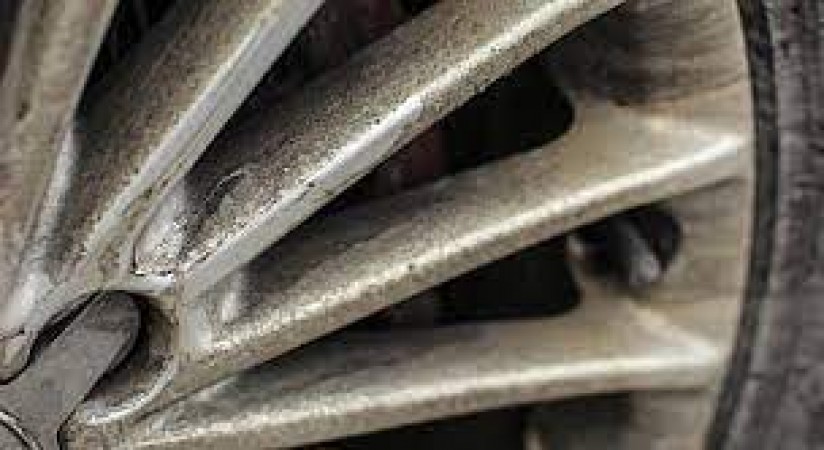
Driving enthusiasts often encounter a common conundrum during their exhilarating journeys – the perplexing accumulation of black dust on their sleek alloy wheels. In this exploration, we delve into the reasons behind this phenomenon, shedding light on the science behind the black residue that leaves drivers scratching their heads.
At the heart of this mystery lies the unassuming brake dust – a silent culprit that stealthily blankets alloy wheels during extended drives. Brake dust is a byproduct of the friction between the brake pads and the brake discs.
As your vehicle hurtles down the asphalt, the brake system engages in a frenetic dance of friction. The brake pads, tasked with slowing down the wheels, experience intense heat and pressure, leading to the formation of tiny, abrasive particles.
Alloy wheels, with their magnetism for dust particles, attract these minuscule invaders. The combination of high temperatures, pressure, and the metallic nature of alloy wheels creates a perfect storm for the adherence of brake dust.
Understanding the burstiness of this phenomenon requires acknowledging several factors that amplify the accumulation of black dust.
Long drives, especially under challenging conditions like stop-and-go traffic or mountainous terrains, intensify the generation of brake dust. Prolonged braking and increased heat contribute to the dust's abundance.
The composition of brake pads plays a pivotal role. Some materials produce more dust than others, amplifying the accumulation on alloy wheels. Semi-metallic and organic brake pads are notorious dust generators.
Now that we've unraveled the mystery, let's explore ways to mitigate and clean the notorious black dust.
Frequent cleaning is key to preventing brake dust buildup. A simple routine of washing your alloy wheels with mild soap and water can thwart the dust's stubborn adherence.
Consider upgrading your brake pads to low-dust variants. Ceramic brake pads, for instance, generate significantly less dust, offering a cleaner and more pristine driving experience.
Applying wheel sealants or protective coatings creates a barrier, making it harder for brake dust to cling to the alloy surface. This proactive measure enhances the longevity of the clean, polished look.
In conclusion, the enigma of black dust on alloy wheels unravels through the intricate dance of friction and particles in the brake system. Understanding the science behind this phenomenon empowers drivers to take proactive steps, ensuring that their alloy wheels gleam with brilliance even after the most extended drives.
Passport Printing Halted in Pakistan Due to Lamination Paper Shortage
How much does it cost to visit the world famous Pushkar fair? Know when and how you can reach here